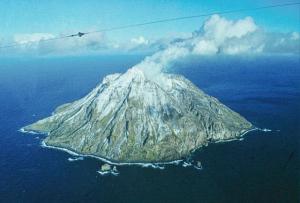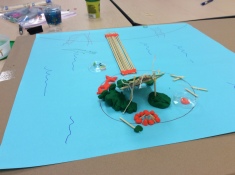After hosting 3 maker workshops here in the Library, it is clear that good task design is essential.
A good task for a desired outcome has many, many constraints and boundaries similar to those authentic real life situations facilitators are trying to mimic.
For good design thinking and problem identification, a task must ensure students have as much information as possible to bump up against when designing a prototype. Working through the task with a focus group allows the facilitator to “see” what issues are brought forth and rework the task if necessary.
Again, that old friend, “experience” is the best way to learn good task design. Looking at examples that other makers have used does not always tell the whole story.
This one example will help illustrate the task design issue we encountered. Once the design was established and we thought we had covered all the bases in our “Survivor” Challenge, we added a photo of a volcanic island on the cover page of the task information. Students zoned in on a small island pictured in the photo but not mentioned in the task and designed their whole solution based on a bridge to the island. A cautionary tale to reinforce the idea that all materials in your design package are usable. 
Experiment with tasks, especially with a focus group and redesign if necessary. Maker tasks are new to me and I’m willing to learn from my design “flaws” and hone my skills to create the best maker tasks for students. Through my learning, I can guide those who are taking their experience into their classrooms.

